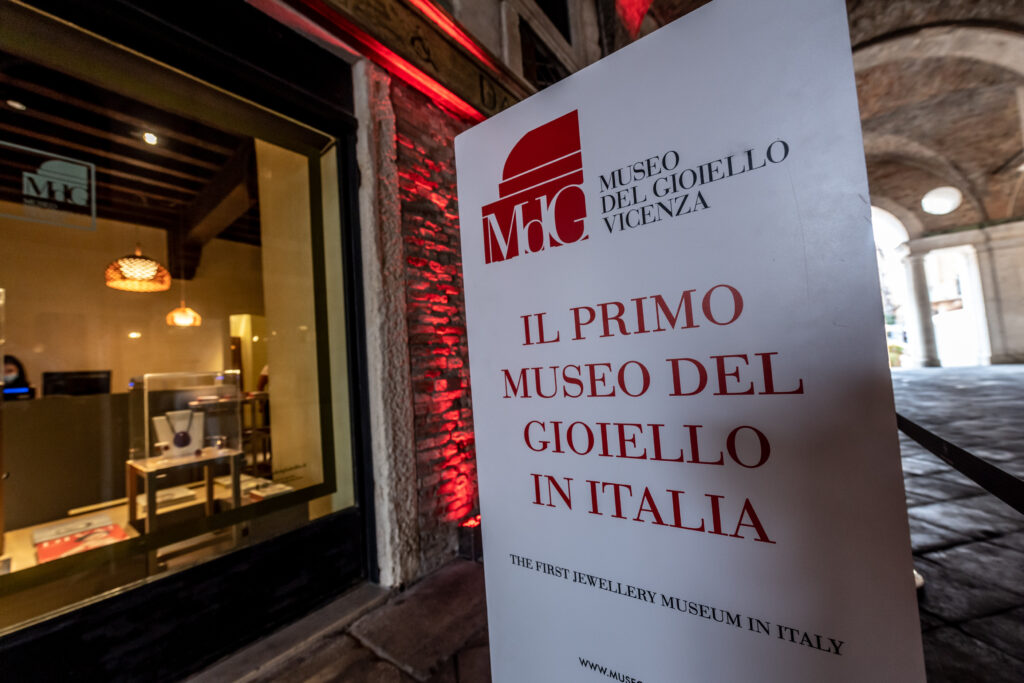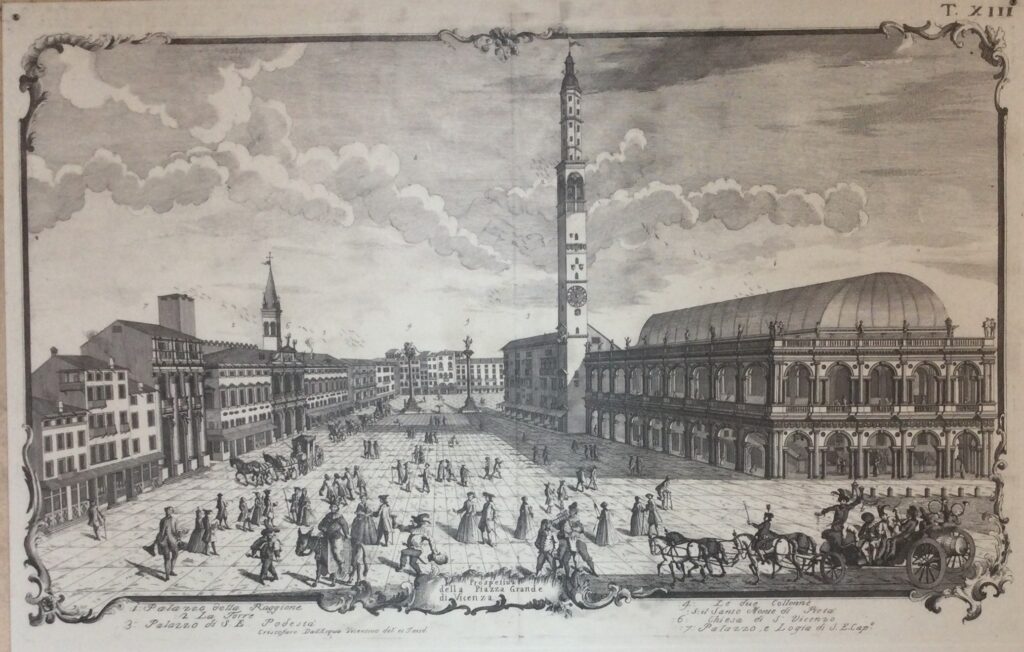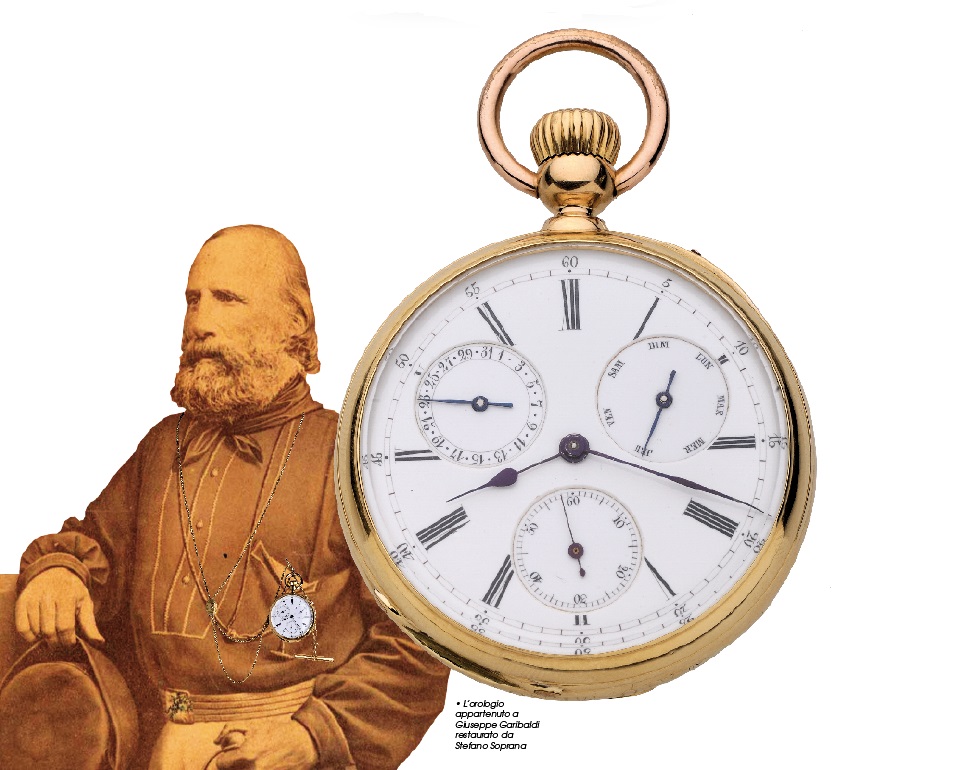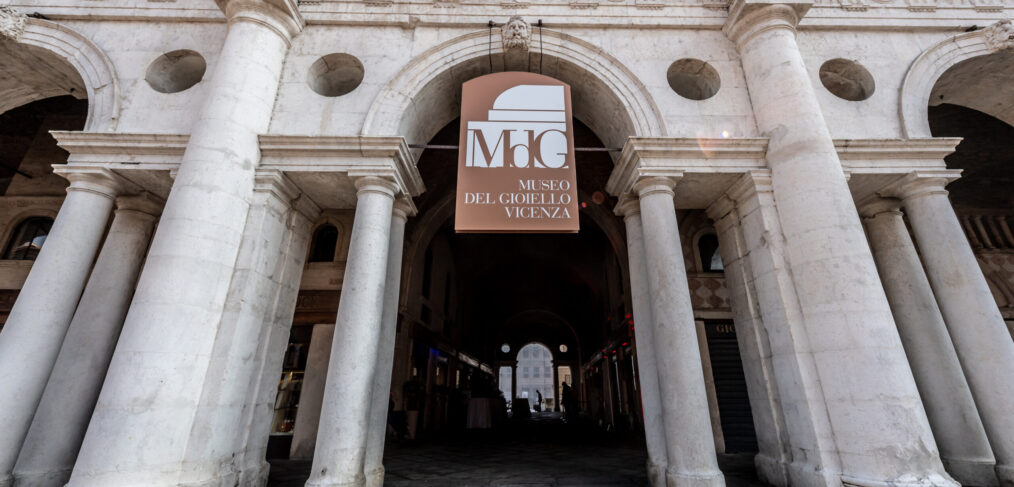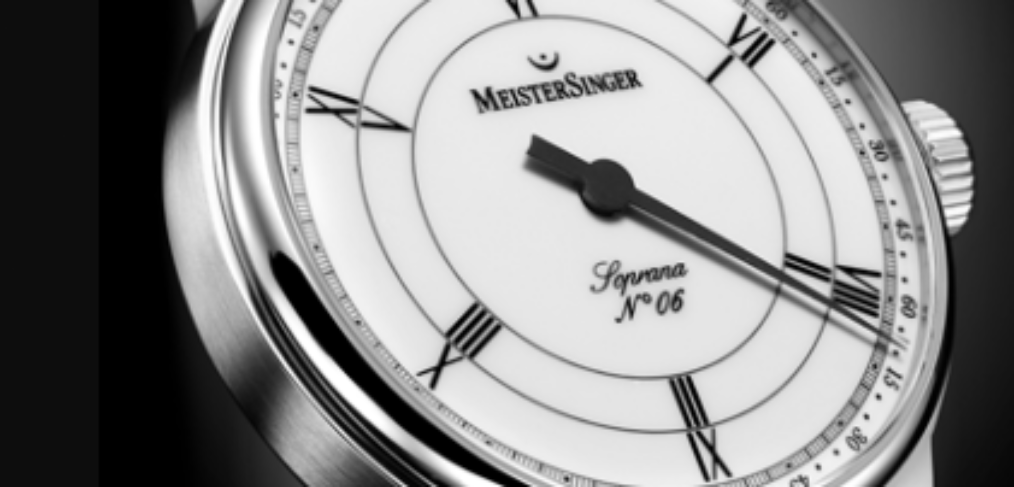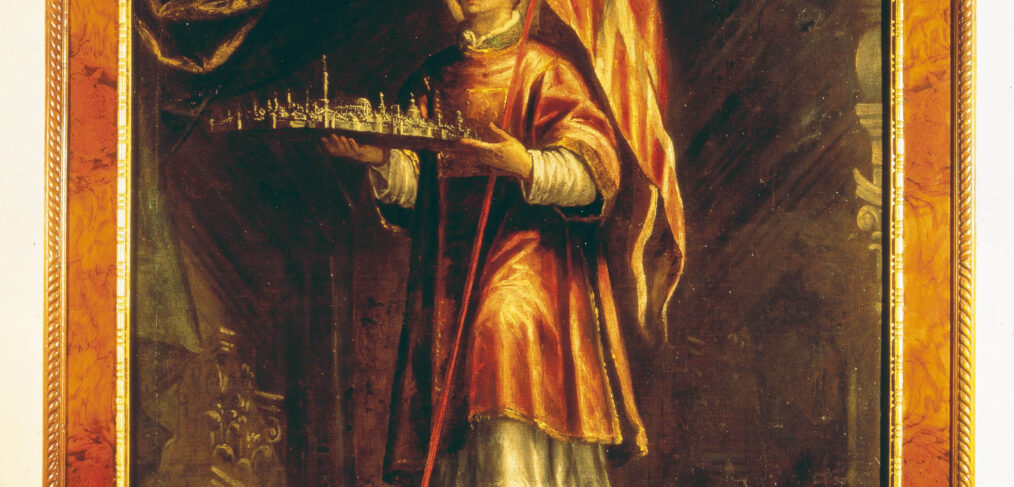A museum dedicated to Italian goldsmithing and jewellery art
History
Vicenza, it is known, is the City of Gold, as it boasts of producing one third of all Italian gold work.
Since antiquity, Vicenza has been one of Italy’s main centres for goldsmith production: as early as 1400, the Fraglia degli Orafi di Vicenza (Vicenza Guild of Goldsmiths), an association comprising no less than 150 artisans, was established.
But the vocation as a city of gold has much older origins. Its beginnings can be attributed to the Paleovenetian age, around the 8th century B.C., when the ancient Venetians began to express a craftsmanship already capable of producing worked metal objects of various kinds.
Their fame as skilled gold wielders and creators of wonders did not take long to spread throughout Italy, being immediately appreciated by the Venetians and later by the Church, which entrusted Vicenza’s craftsmen with the creation of precious artefacts. The period between the end of the 13th century and the 15th century offers interesting works of sacred goldsmithing: processional and processional crosses, precious chalices, reliquaries that document the development of local goldsmithing art and are currently conserved by the Diocese of Vicenza at the Diocesan Museum in Vicenza.
